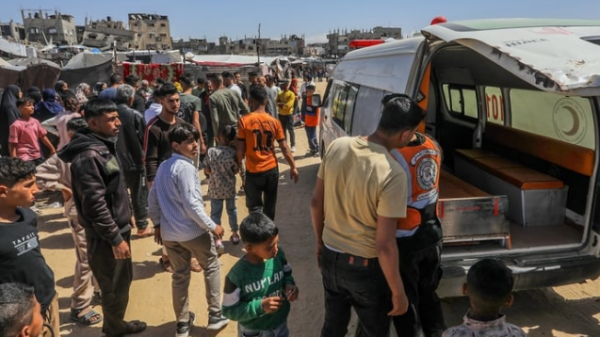The United States faces a critical challenge as the climate crisis exacerbates the already fragile medical blood supply. Extreme weather events, including hurricanes, wildfires, and heatwaves, disrupt blood donation drives and transportation networks, leading to severe shortages in hospitals nationwide.
Disruptions in Blood Donation Drives
Blood donation drives, which are essential for maintaining a stable blood supply, have been significantly impacted by extreme weather. Hurricanes and floods have forced the cancellation of numerous blood drives, particularly in regions like the Gulf Coast and the Southeast. Wildfires in the West have also led to the evacuation of donation centers and the displacement of potential donors.
Transportation Challenges
The transportation of blood products is another critical area affected by extreme weather. Heatwaves can compromise the integrity of blood during transport, while floods and hurricanes can disrupt supply chains, making it difficult to deliver blood to hospitals in need. These disruptions are particularly concerning for patients requiring regular transfusions, such as those with sickle cell disease or undergoing chemotherapy.
Impact on Hospitals
Hospitals are feeling the strain as they struggle to manage the dwindling blood supply. Emergency surgeries and treatments for trauma patients are at risk of being delayed or canceled due to the lack of available blood. The American Red Cross has issued urgent appeals for donations, emphasizing the need for a robust and resilient blood supply system.
Call to Action
In response to these challenges, healthcare organizations and government agencies call for increased investment in climate resilience measures. This includes the development of more robust infrastructure to withstand extreme weather and the implementation of strategies to ensure a steady supply of blood, even in the face of climate-related disruptions.
The climate crisis is a multifaceted issue that requires immediate attention and action. Ensuring a stable medical blood supply is just one of the many critical areas that must be addressed to safeguard public health in an era of increasing environmental instability.









































